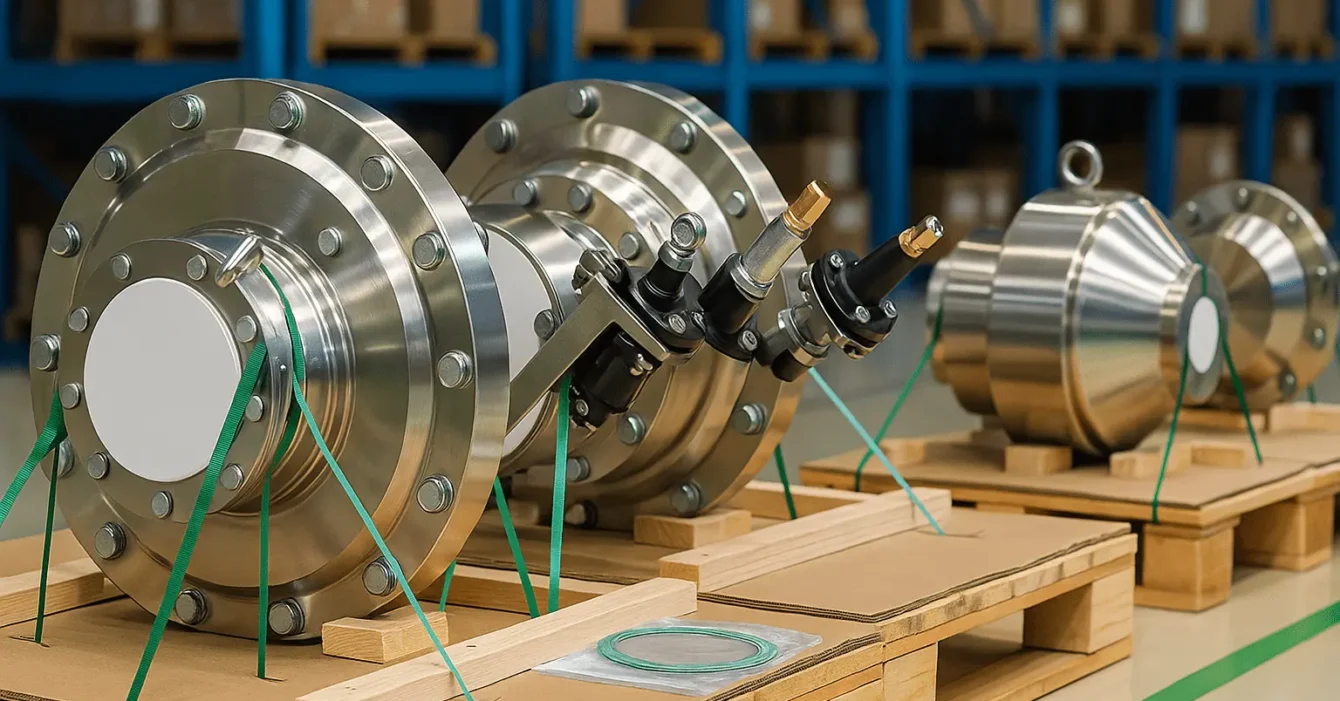Mini excavators might look small compared to their big brothers, but they pack serious power. These machines are used for everything from digging trenches to landscaping to clearing debris. And what gives them all that muscle? It’s the hydraulic system. Just like the human body needs blood to move and function, a mini excavator depends on hydraulic fluid and parts to get the job done.
Inside every mini excavator, there’s a complete network of pumps, cylinders, hoses, valves, and seals—all working together. When they’re in good shape, the machine feels strong and responsive. But if even one part wears out or leaks, everything slows down. Jobs take longer, repairs get expensive, and productivity drops. That’s why knowing the key hydraulic parts and taking care of them is so important—especially in smaller machines where every bit of power matters.
In this blog, we’ll walk through the main hydraulic parts that keep your mini excavator running smoothly and explain how each one works, what signs of wear to watch for, and how to keep everything in top condition.
Hydraulic Pump: The Heart of the System
The hydraulic pump is what powers the whole system. It creates the pressure that moves fluid through all the other components. Without it, the machine can’t dig, lift, or swing. Think of it like the heart pumping blood through veins. If the pump starts making strange noises or feels weak, it’s probably struggling. Low oil levels, dirty filters, or worn-out internal parts can be the cause. That’s why it’s smart to check fluid levels daily, keep filters clean, and inspect the pump regularly.
Hydraulic Cylinders: Moving the Machine
Hydraulic cylinders are the parts that actually do the heavy lifting. They take the fluid pressure and turn it into motion. Each major movement on the mini excavator—lifting the boom, stretching the arm, curling the bucket, even swinging—relies on its own cylinder.
Here are the key ones:
Boom cylinder – raises and lowers the main arm.
Arm (stick) cylinder – pushes the stick out or pulls it back.
Bucket cylinder – curls or uncurls the bucket.
Swing cylinder – rotates the upper structure left or right.
Dozer blade cylinder – controls the front blade up or down.
Check for signs like slow movement, oil leaks near the rod, or jerky motions. Worn-out seals or contaminated oil can cause all of these issues.
Hydraulic Hoses and Fittings: Carrying the Pressure
Hoses are like the blood vessels of the machine. They carry fluid between the pump, cylinders, and valves. If a hose cracks or leaks, the whole system loses pressure, and the machine gets weak or stops working altogether. Mini excavators often operate in tight, tough environments, so hoses rub against surfaces, bend, and get exposed to heat. That’s why it’s important to inspect them daily. Look for swelling, cracks, oil drips, or worn covers. Replace any damaged hoses and always check that fittings are tight.
Control Valves: Directing the Flow
Control valves act like the brain of the hydraulic system. They decide where the oil should go, how much pressure to send, and when to stop. Each lever or joystick movement from the operator sends a signal to a valve that controls a specific action. If the controls feel slow, unresponsive, or stuck, it might be a valve issue. Keep the fluid clean and change it on schedule. If needed, rebuild or replace old valves to avoid larger breakdowns.
Hydraulic Seals: Small Parts That Do Big Work
Seals are small rubber rings, but they’re one of the most important parts. They keep the fluid inside the system and stop dust or dirt from getting in. Every cylinder, valve, and hose has seals working quietly in the background. Over time, seals can dry out, crack, or get damaged. If you see small leaks or if the machine feels less powerful, don’t ignore it. Replacing seals early is much cheaper than waiting until major components fail.
Mini excavators may be compact, but they depend on a well-maintained hydraulic system just as much as larger machines. Every hose, pump, valve, and seal plays a role. If one part starts to fail, it affects the whole machine. The good news? A few minutes of daily inspection, proper greasing, timely fluid changes, and replacing worn parts can save you hours of downtime and lakhs in repair costs. Whether you're a site manager or an individual operator, treating your hydraulic system like the core of the machine will help you get smoother work, better output, and a longer machine life. Don’t wait for a failure to remind you what went wrong. Stay one step ahead by taking care of the parts that make everything possible.

